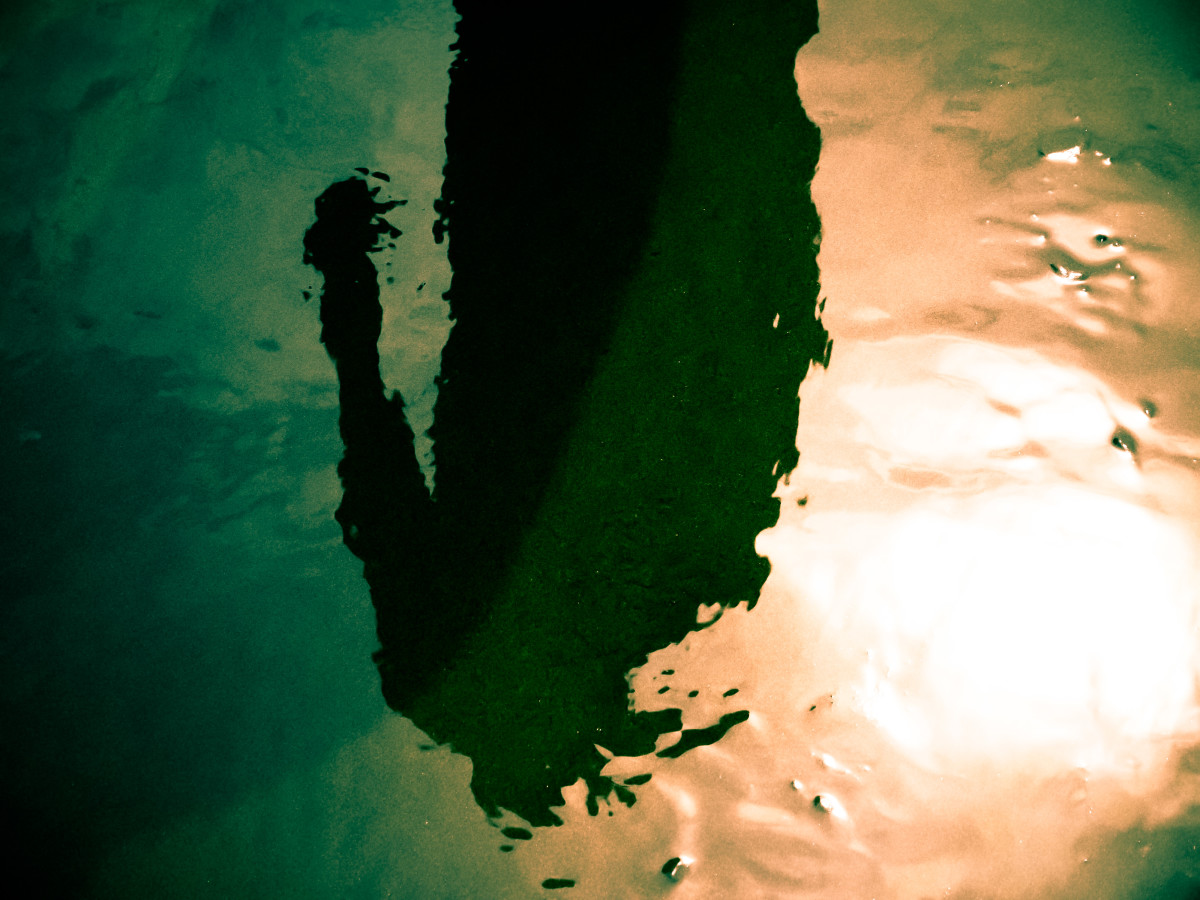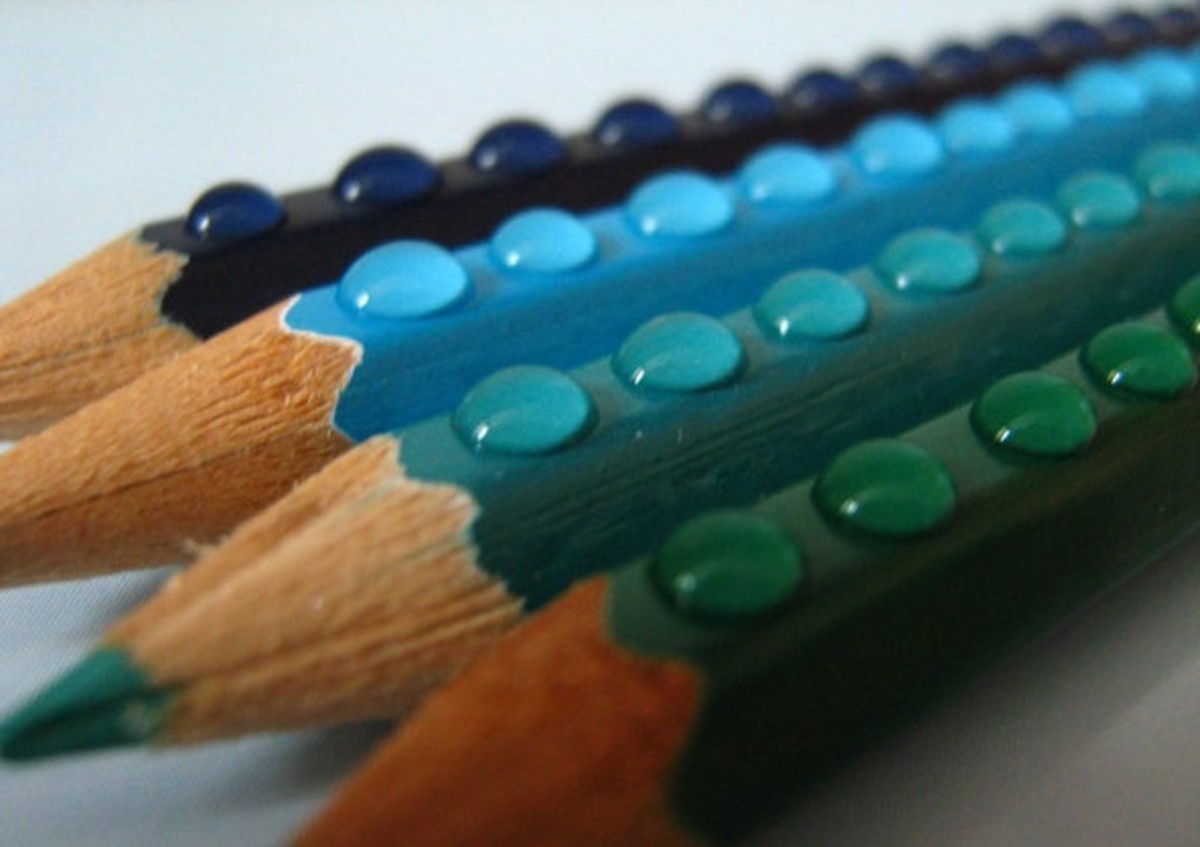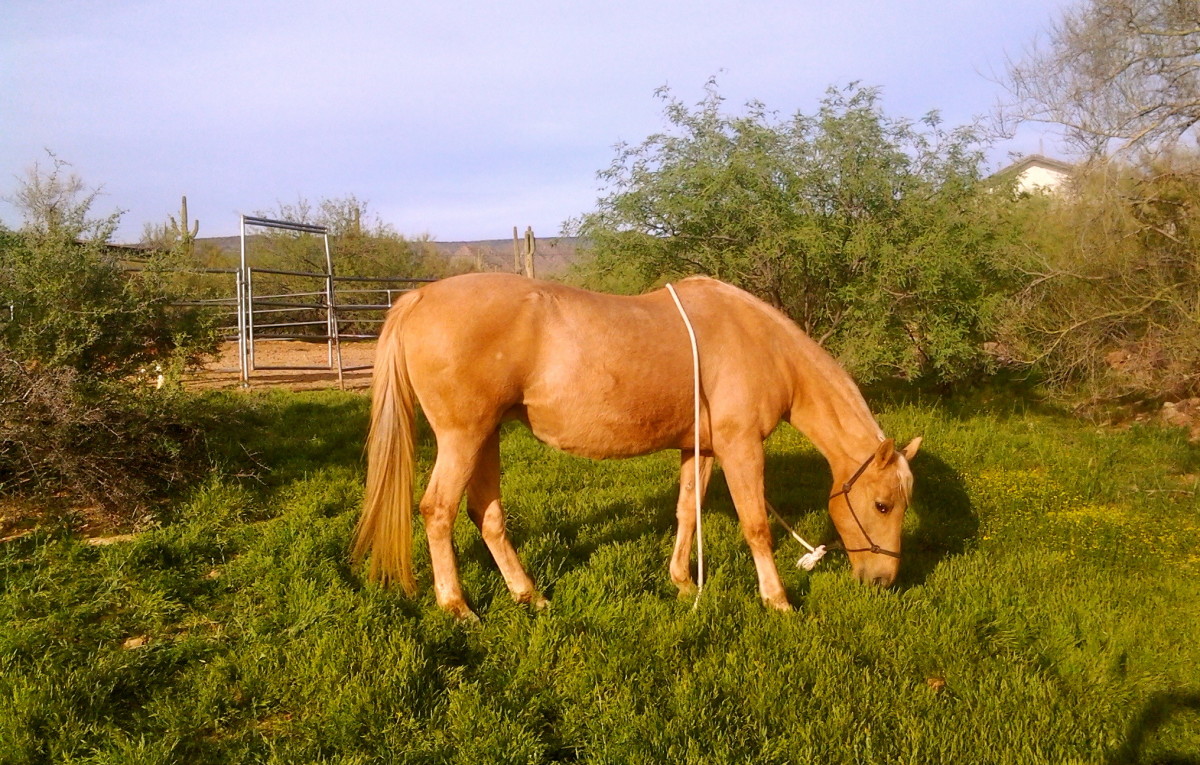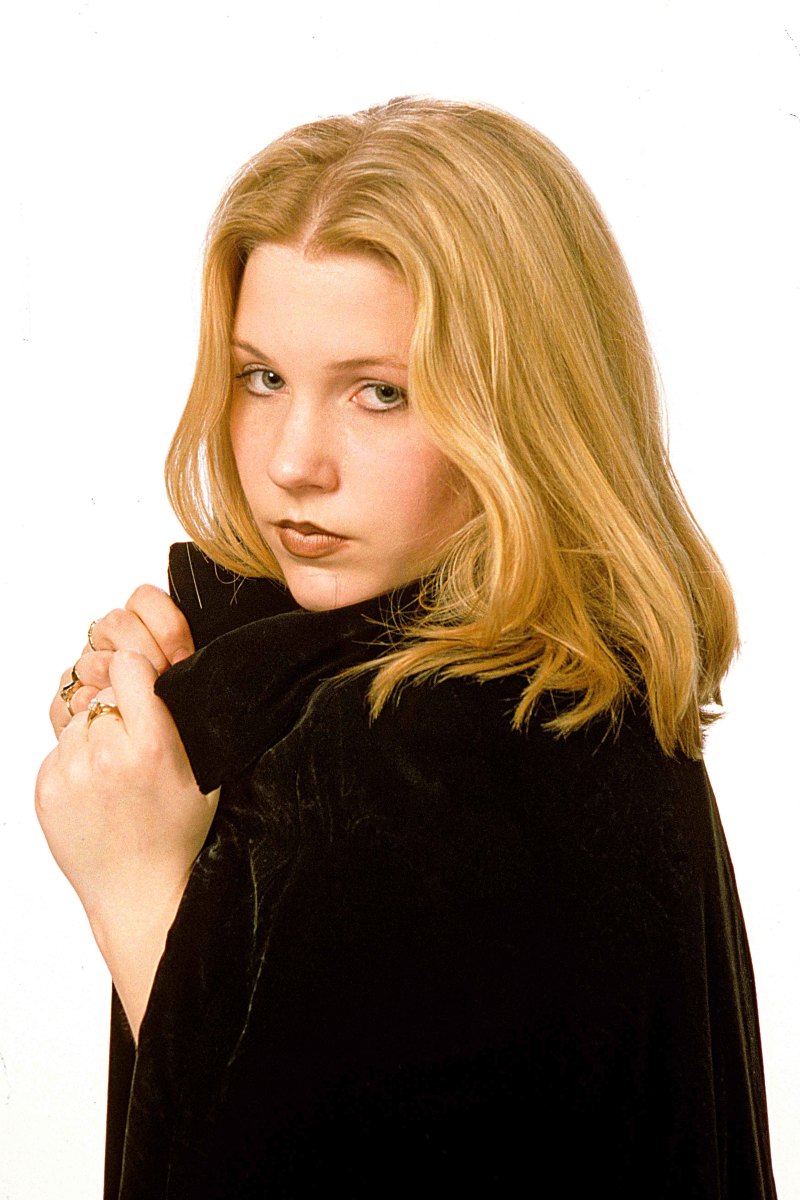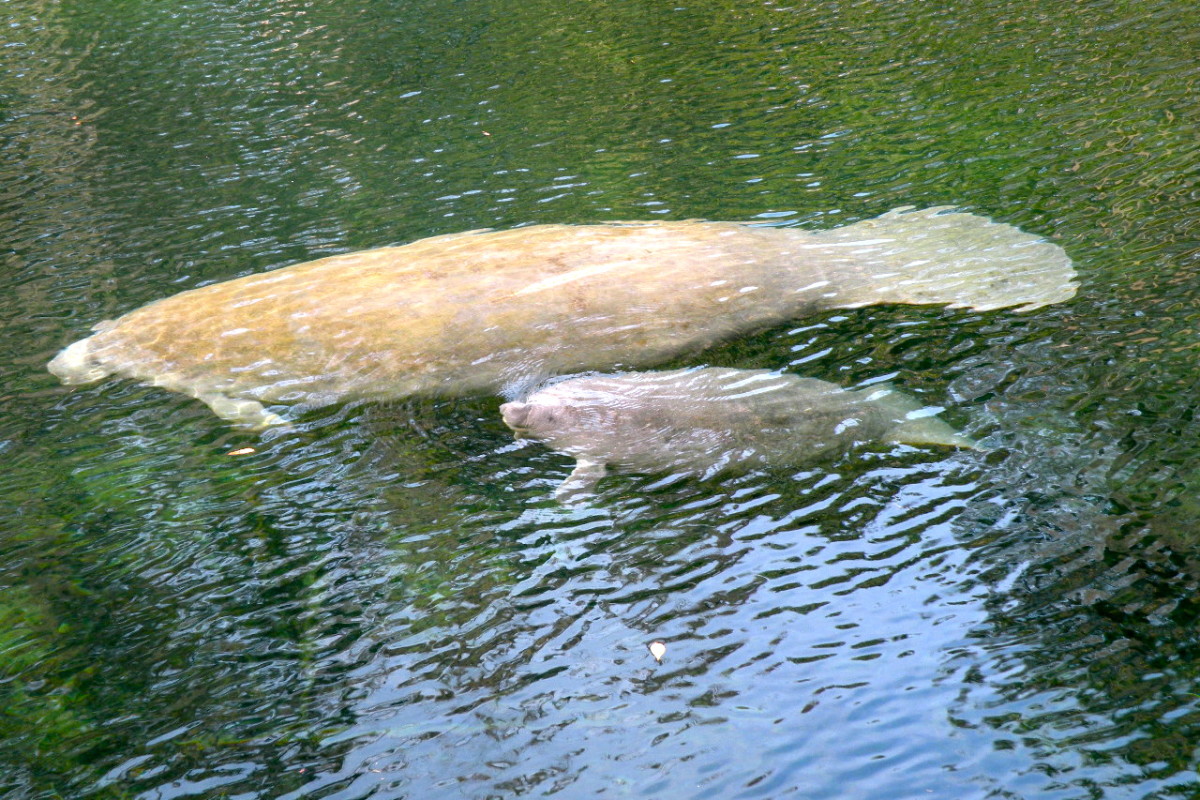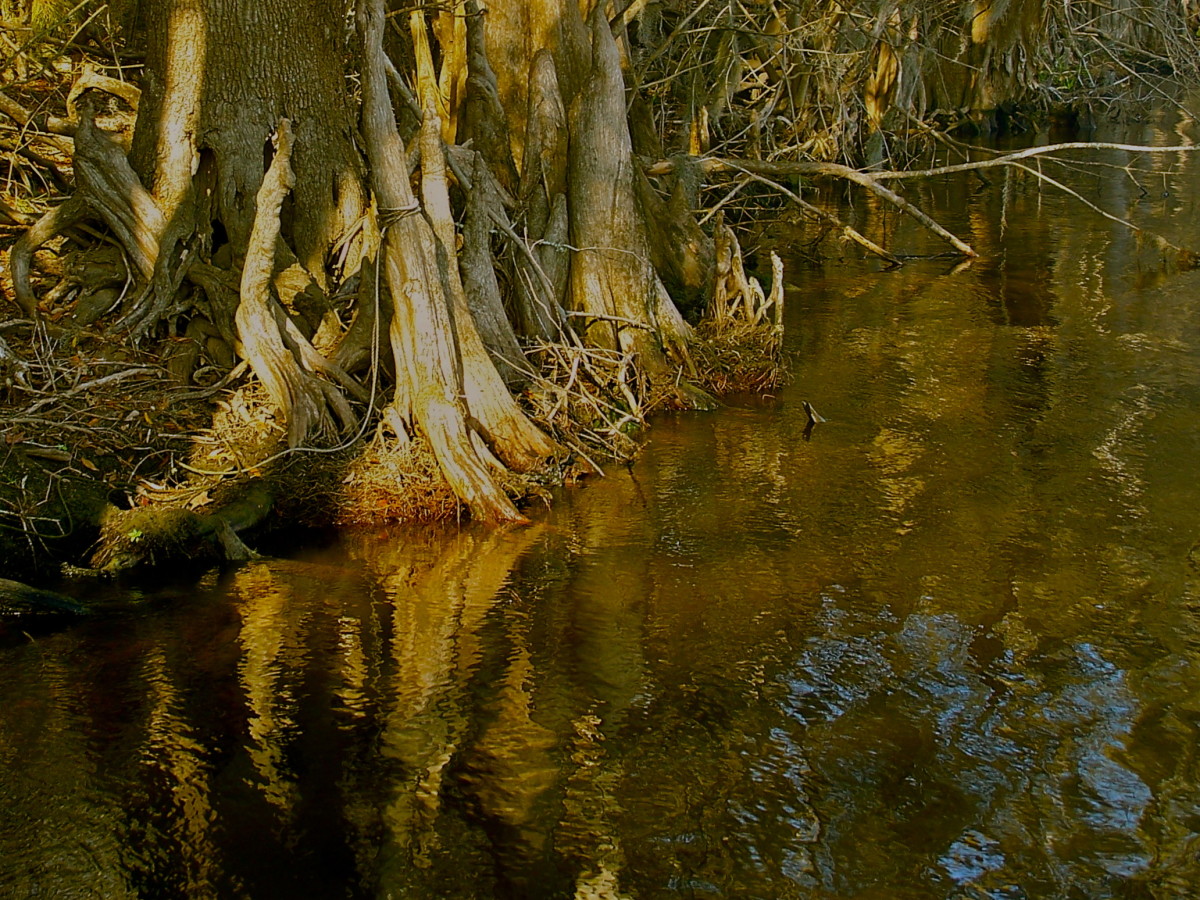How to Photograph Fruits in Water
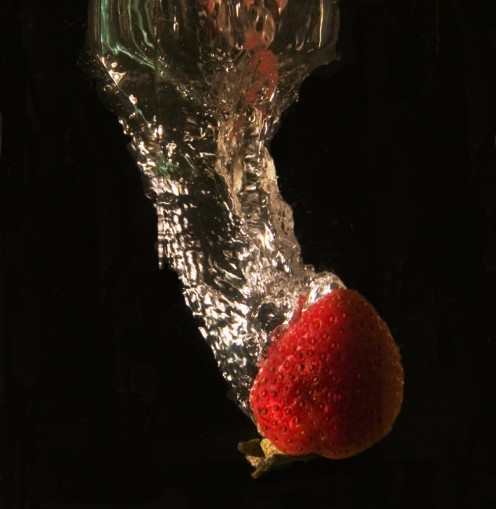
Two other elements that should be preset and that will aid in the composition of a good worthwhile photograph are to arrange the set up in front of a dark to black backdrop as this focuses all the gazes upon the subject and prevent or rather minimize possible distractions that can be cause by a cluttered backdrop.
Shedding some light on the backdrop itself is also important as it highlights the "blackness" and a photo snoot placed low and directly behind the main set up helps.
A water tank large enough that you can comfortable work and crop with the lens is another important part of the entire scene as it is to ensure that the glass walls are completely clean and free from even the most minute of imperfections such as lint, fingermarks, smudges of any type and so on.
Fruits in water serves two purposes; first the images can be used towards a product photography shoot and second they make very eye pleasing photographs which can have a multitude of uses like for a photographic magazines feasting new and creative ways of photographing or use in a fine art gallery as these images end up showing colors which because of the water, appear to be highlighted and magnified.
The project is rather simple but it does take careful planning, attention to detail and some luck. It may also take the use of a high speed photographic set up in order to instantly capture the moment that the subject hist the water and as it submerges.
This high speed set up should contain at least one photo strobe as its light is strong enough and fast enough to freeze the movement.
A high speed set up also gives you the advantage that it will freeze the bubbles as well as the splash on the water when the fruit hits it.
A high speed set up is not a requirement but it will greatly improve your chances of capturing truly exceptional images so it is worth considering using one for this project.
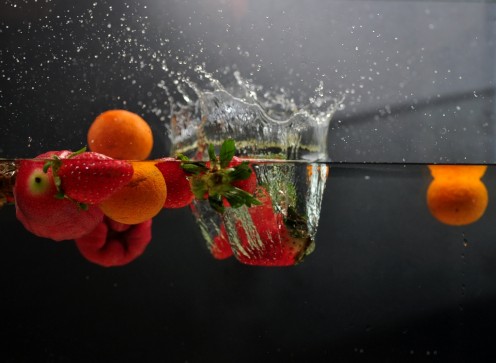
Once you have the water tank properly cleaned and filled with crystal clear water take some test shots that allow you to capture images to test if they come out without the usual reflection associated with photographic any glass.
This is usually accomplished by getting the front of the lens very close almost touching the glass surface.
Once you accomplish reflection free test shots, then proceed to set the rest of your gear and take some further test shots but this time dropping the actual fruit into the water.
You need to judge how high the fruit needs to be to make a splash but not such a splash that water spreads outside of the tank.
Once all your test shots are done and you are satisfied with the results it's time to get ready for the real thing. It is a good idea to wipe some glycerin on the fruits as this makes them shinier. Also keep in mind to use selected specimens that are free from flaws and rich in natural colors.
Found this interesting?
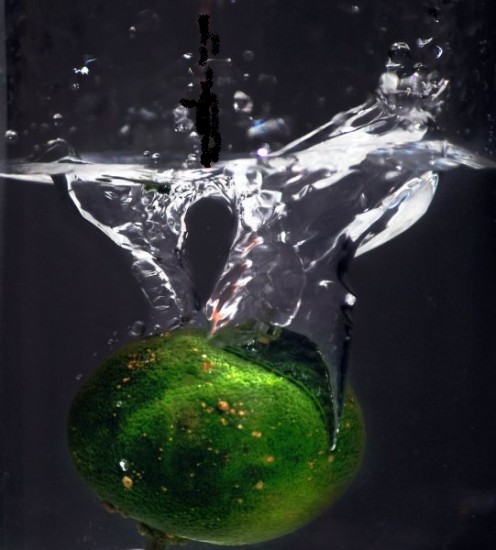
Set up a photo lamp below the tank, above the tank and on each side. They should be touching the sides of the glass with the exception of the one set above the tank.
This should ensure that the fruit is fully illuminated as this set up comprises the main sources of illumination and they should provide you with enough light to make the subject fully visible and impart a balanced illumination factor throughout.
Again, at least one of the lamps should be a high speed strobe and better yet if it is set up to be activated by an electronic triggering mechanism.
Do not fill up the tank to the brim as you will cause water to splash unto your photo lamps but if you feel that the tank has to be filled to the top, then at least cover the lamps with a clear plastic cover and set them off with an electronic trigger since the heat will melt the plastic and the same goes for your camera minus the melting plastic part.
With this said the tank needs to be tall enough to allow space above the water line and below where the fruit will make its entrance yet leave enough room to allow you a clear unobstructed view of the fruit.
Also try to use a tank that does not have plastic edges,especially on its sides. They may end up showing in your images forcing you to crop them out in post production. The best solution is usually to make your own.
Set up your gear on a tripod and use an electronic or mechanical shutter release to avoid camera shake which can happen when you manually depress the shutter.
Use a zoom capable lens as its front element will be very close to the subject. A regular lens or zoom will not work as the distance between subject/glass and the front of the lens will allow for reflection to show on the photographs.
Remember to do the shoot in a darkened studio like setting to maximize the presentation and minimize catching color hues reflecting on the subject from the walls or any other colored surface.
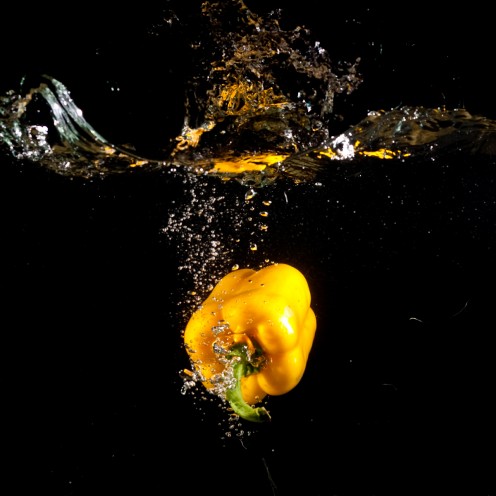
- High Speed Photography Tips – PictureCorrect
Have you ever wondered how photographers were able to capture a water splash, bursting balloon, or a bullet hitting a fruit? The goal of the high speed photography is capturing objects in motion. You can photograph events that follow a predictable s
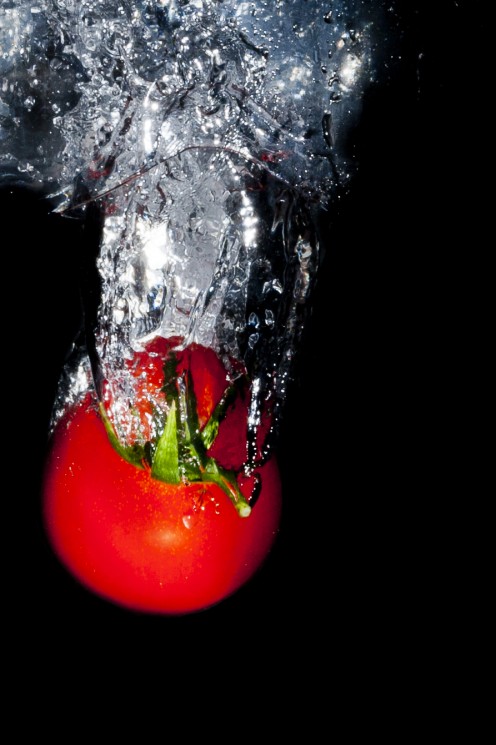
- 25 Tips For Improving Your Photography
Imagery can be quite powerful. Here are 25 tips for improving your photography.
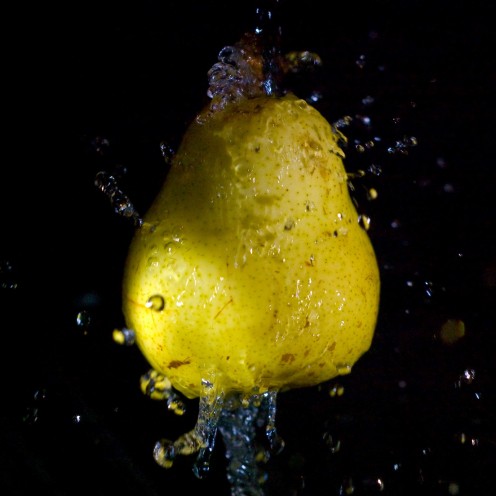
© 2013 Luis E Gonzalez



